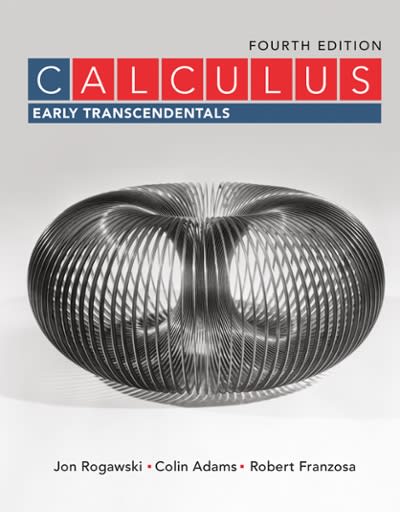Answered step by step
Verified Expert Solution
Question
1 Approved Answer
What happens during the second stage of a repeated-measures ANOVA? a. The variability from individual differences is measured and subtracted fromthe numerator of the F-ratio.
What happens during the second stage of a repeated-measures ANOVA? a. The variability from individual differences is measured and subtracted fromthe numerator of the F-ratio. b. The variability from individual differences is measured and subtracted from the denominator of the F-ratio. c. The variability from individual differences is measured and subtracted from the numerator and the denominator of the F-ratio. d. None of the above Which of the following are advantages of a repeated-measures ANOVA compared to an independent-measures ANOVA? a. It requires fewer participants and reduces the risk of order effects such as practice or fatigue. b. It minimizes problems from individual differences and reduces the risk of order effects such as practice or fatigue. c. It requires fewer participants and minimizes problems from individual differences. d. None of the above are completely correct
Step by Step Solution
There are 3 Steps involved in it
Step: 1

Get Instant Access to Expert-Tailored Solutions
See step-by-step solutions with expert insights and AI powered tools for academic success
Step: 2

Step: 3

Ace Your Homework with AI
Get the answers you need in no time with our AI-driven, step-by-step assistance
Get Started


